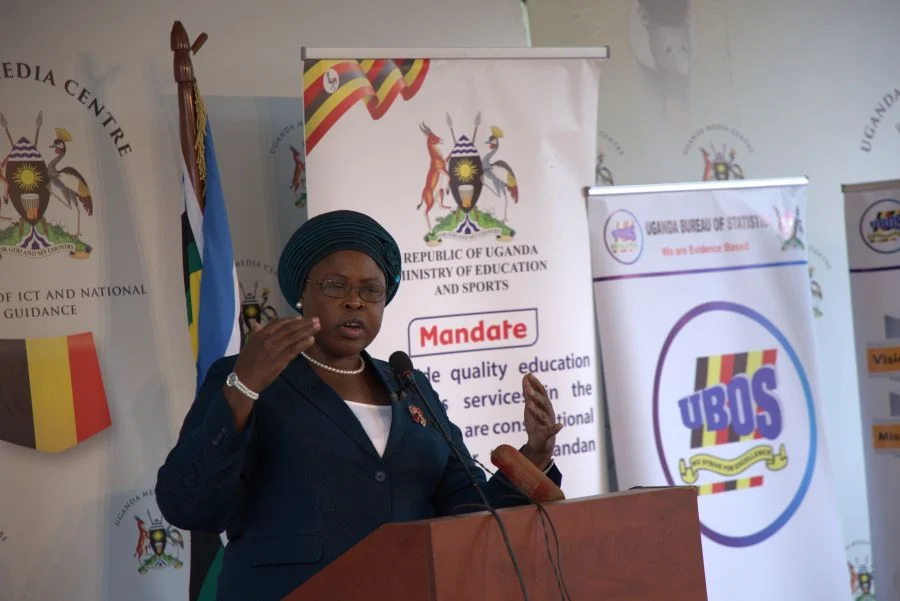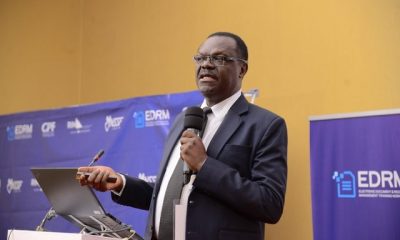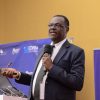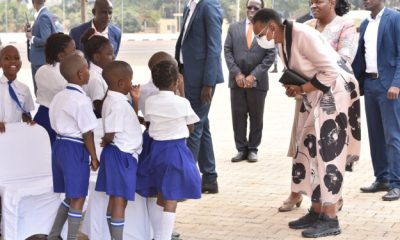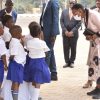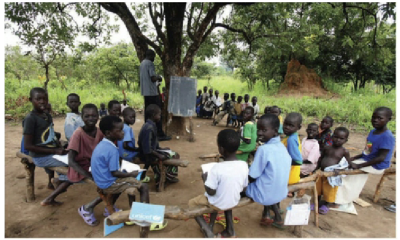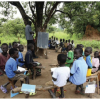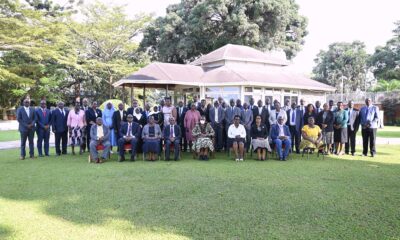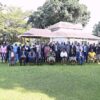Education
UBOS Commences Nationwide Census of Learners and Teachers
The Uganda Bureau of Statistics (UBOS), in collaboration with the Ministry of Education and Sports, has commenced a nationwide headcount of all learners and teachers, marking the start of a comprehensive baseline education census. The ambitious exercise kicked off this week in the Greater Kampala Metropolitan Area, encompassing the districts of Kampala, Mukono, and Wakiso, and will progressively extend to the rest of the country.
The census aims to gather critical data from all learning institutions across Uganda, including both government and private establishments spanning pre-primary, primary, secondary, vocational, and higher education levels. Enumerators will directly engage with each learner, with class teachers assisting those in pre-primary to Primary Five. Learners in Primary Six and above will serve as primary respondents.
Speaking about the initiative, the State Minister for Primary Education, Dr. Moricu Kaducu, emphasized the pivotal role of technology in ensuring the accuracy and timeliness of the data collection process. “The enumerators will be utilizing Computer-Assisted Personal Interviewing (CAPI), commonly known as tablets, to leverage technology in the statistical production chain. This will ensure accuracy and timely dissemination of statistics, hence guaranteeing quality education statistics,” she stated.
The census will collect a wide range of information on learners, including their name, date of birth, sex, class, nationality, Learner Identification Number (LIN), National Identification Number/Student Pass/refugee ID, and any special needs. For teaching staff, data points will include name, date of birth, sex, nationality, NIN/Work permit/refugee ID, subjects taught, Teacher Management Information System (TMIS) Number, highest teaching qualification, and highest level of education. Non-teaching staff will also be counted, with information gathered on their name, date of birth, sex, nationality, job title, and identification details.
Furthermore, the exercise will meticulously identify educational institutions, collecting details such as the institution’s name, EMIS number, operational and registration status, license number, location (including GPS coordinates), level and type of education offered, ownership, sex composition, founding year, UPE/USE status, and contact information.
Beyond personnel data, the census will also assess the physical resources of learning institutions, including the number and size of classrooms, laboratories, libraries, toilets and washrooms, stores, sports facilities, workshops, teacher houses, and the availability of teaching and learning materials like textbooks and teaching guides. The status of water and sanitation facilities and the main source of power supply will also be recorded.
Minister Kaducu highlighted the expected benefits of the census, stating, “This exercise will improve education statistics, enhance school infrastructure data, monitor teaching and learning resources as well as inform decisions in the education sector.”
UBOS spokesperson, Didacus Okoth, revealed that 8,500 enumerators have been trained for the exercise, with 4,000 already deployed in the Greater Kampala Metropolitan Area. “This exercise will cost shs27 billion, and we are prepared to ensure its success. For other regions, we shall resume when the second term opens, and the exercise will conclude on June 30,” Okoth affirmed.
This comprehensive national education census is anticipated to provide invaluable data for evidence-based planning and resource allocation within Uganda’s education sector, ultimately contributing to the improvement of the quality of education for all learners.
Comments



